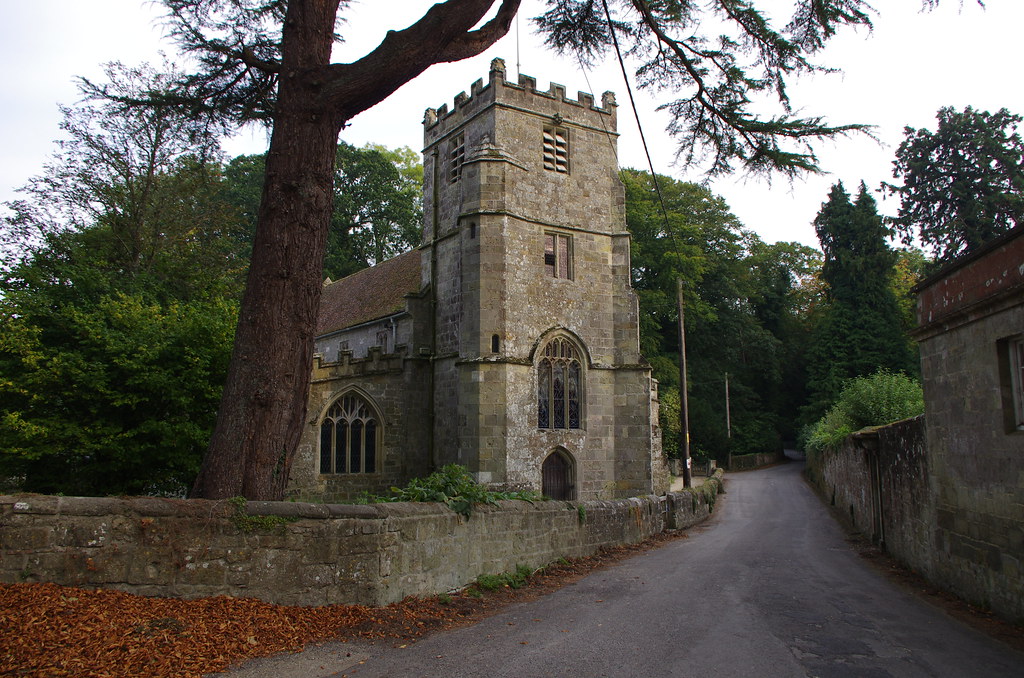#donhead st. andrew
Text


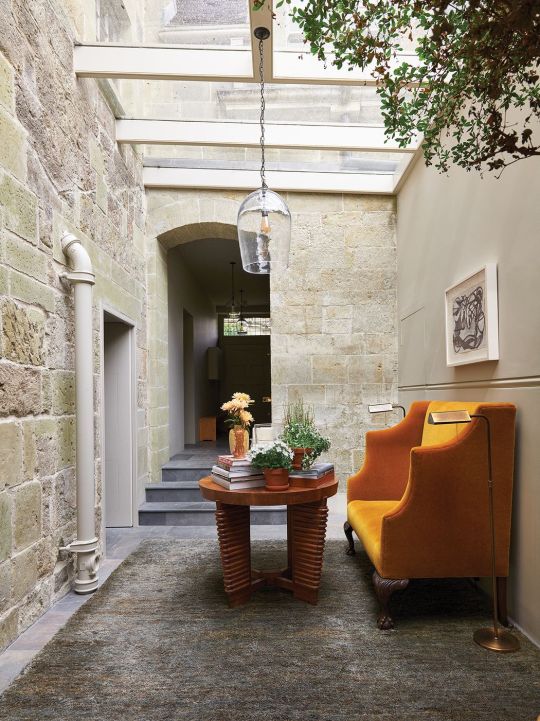
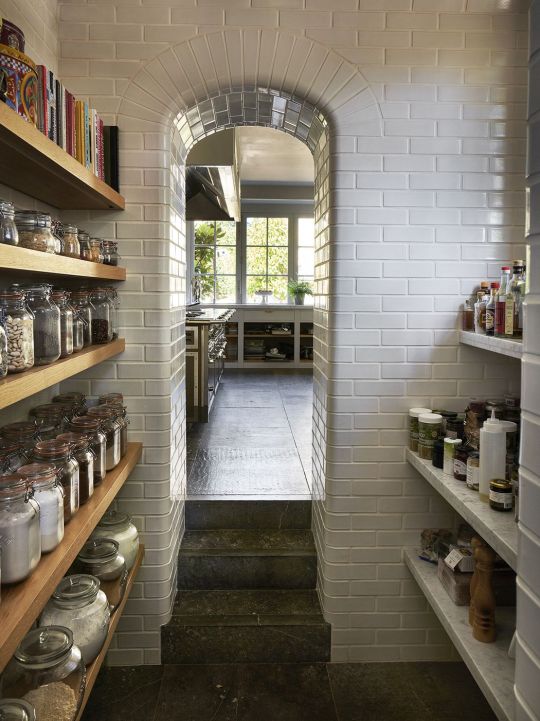
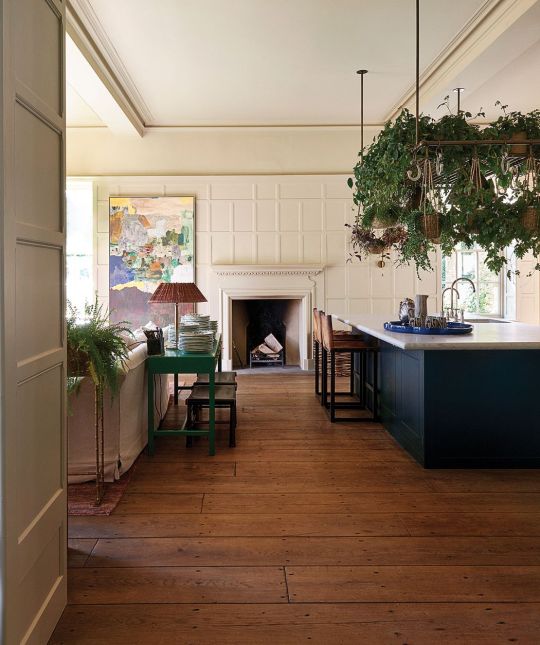
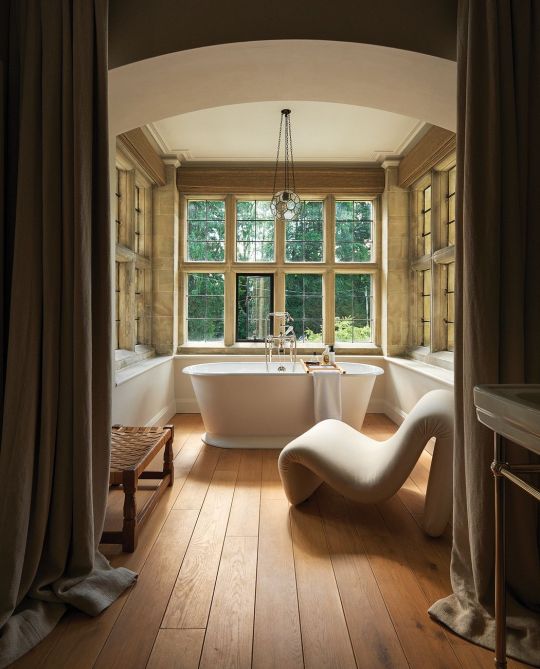


Natalie Massenet and Erik Torstensson's manor house in Donhead St. Andrew. x
#god rly recommend checking the article the place is gorgeous#interiors#home decor#manor#english countryside#natalie massanet#net a porter#donhead st. andrew#wall street journal#home#upl#the hits
2K notes
·
View notes
Photo

Un intérieur londonien charmant : raffiné, lumineux et arty comme on les aime. Merci Carl Larsson @theartreporter #Repost @theartreporter Imi Knoebel and Picasso in Natalie Massenet and Erik Torstensson’s home in Donhead St. Andrew, southwest of London. The stone coffee table is by Axel Vervoordt and the sofa and cube chairs are designed in 1971 by Charles Pfister for Knoll. photo @magnusmarding for @wsj #imiknoebel #pablopicasso #axelvervoordt #charlespfister @eriktorstensson @natalie_massenet #art #collector #interiordesign https://www.instagram.com/p/Chg0bfssi8m/?igshid=NGJjMDIxMWI=
2 notes
·
View notes
Text
Il massacro degli animali...
Uno degli episodi iniziali dell'Olocausto, che neanche tanto stranamente hanno cercato di replicare dal 2019 ad oggi, fu la "Pet Shoah", cioè la requisizione e lo sterminio degli animali da compagnia delle ebree e degli ebrei durante il III Reich.
Da notare come i nazisti aggredirono inizialmente, prima ancora degli oggetti di valore (tipo quadri, gioielli, opere d'arte, ecc), la relazione affettiva uomo-animale, per colpire ed indebolire la vita emotiva ed affettiva delle persone.
Assassinare il cane, il gatto o il canarino dell'ebreo significava identificare nell'animale un obiettivo diretto dell'azione bellica, non tanto perché "oggetto di valore", ma proprio perché portatore di valore relazionale ed affettivo.
Ma ancora peggio dei nazisti, a mio parere, sono stati gli inglesi. Nel 1939, il governo britannico formò il "National Air Raid Precautions Animals Committee" (NARPAC), per decidere come comportarsi con gli animali domestici nel caso dell'inevitabile scoppio della guerra. Così il NARPAC pubblicò un opuscolo intitolato Advice to Animal Owners (lett. "Consigli per i proprietari di animali"), in cui suggeriva di spostare gli animali domestici dalle grandi città alle campagne. L'opuscolo concludeva affermando che: "Se non si è in grado di affidare gli animali ad un vicino, la soluzione migliore è lasciare che vengano soppressi"...
Il comitato era preoccupato che nel caso il governo avesse dovuto prendere la decisione di razionare il cibo, i proprietari si sarebbero trovati di fronte alla scelta di dividere le loro razioni con i propri animali domestici o lasciarli morire di fame.
A causa di ciò, nel 1939 prima ancora che si verificasse una carenza di cibo per l'imminente guerra, nel Regno Unito oltre 750.000 animali da compagnia vennero abbattuti.
Un vero massacro senza precedenti.
Nel periodo in cui la guerra fu dichiarata, nel 1939, moltissimi proprietari di animali domestici si riversarono nelle cliniche veterinarie per far sopprimere i propri animali domestici. E la strage si ripeté l'anno seguente, quando Londra fu bombardata nel settembre del 1940.
Il fatto è che molti dei proprietari di queste vittime, superata la paura dei bombardamenti e della mancanza di cibo, si sono pentiti di aver ucciso i propri animali domestici e accusarono il governo di aver dato il via ad una forma di isteria collettiva. Una famosa oppositrice dell'abbattimento indiscriminato degli animali domestici fu la duchessa scozzese Nina Douglas-Hamilton, amante dei gatti, che pubblicizzò una campagna contro l'uccisione degli animali e creò il proprio rifugio per cani e gatti in un hangar a Donhead St Andrew, nella contea di Wiltshire.
0 notes
Text




2 hours from London, in the village of Donhead St. Andrew lies the home of Natalie Massene; the founder of Net-a-Porter. Donhead House is a Grade II listed manor, built in the 18th century
1 note
·
View note
Photo

Ferne House, Parish of Donhead St Andrew, Wiltshire, England
#art#design#architecture#countryhouse#ferne house#donhead st andrew#wiltshire#england#luxury house#luxury home#luxury lifestyle#style#aerial photography#landscaping
679 notes
·
View notes
Photo

St Andrew's Church Donhead Wiltshire
45 notes
·
View notes
Text
QUOTATIONS - JANE GARDAM‘S ‘THE MAN IN THE WOODEN HAT’ (FIRST PUBLISHED 2009)
First sentence:
‘There is a glorious part of England known as the Donheads.’ (Gardam, 2011, p.3).
On the Donheads:
‘The Donheads are a tangle of villages loosley interlinked by winding lanes and identified by the names of saints. There is Donhead St Mary, Donhead St Andrew, Donhead St James and, among yet others, Donhead St Ague.’ (Gardam, 2011, p.3).
On playing Patience:
‘ “There is always time for cards and reflection. They are an aide-memoire. I am a compulsive player and I have a magnificent grasp of fact. My memory has been honed into an unbreakable machine ... “ ‘ (Gardam, 2011, pp.69-70).
On Stonehenge:
‘They were just passing Stonehenge.’ (Gardam, 2011, p.201).
‘ “Well it’s the usual thing to make the sign of the cross passing Stonehenge. There are thousands of accidents. It’s the magnetism of the stones.” ...
“There are accidents because drivers all say ‘There’s stonehenge - look!’ and turn their heads.” ‘ (Gardam, 2011, p.202).
REFERENCE
Gardam, J. (2011 [2009] ) ‘The man in the wooden hat’. London: Abacus.
0 notes
Photo
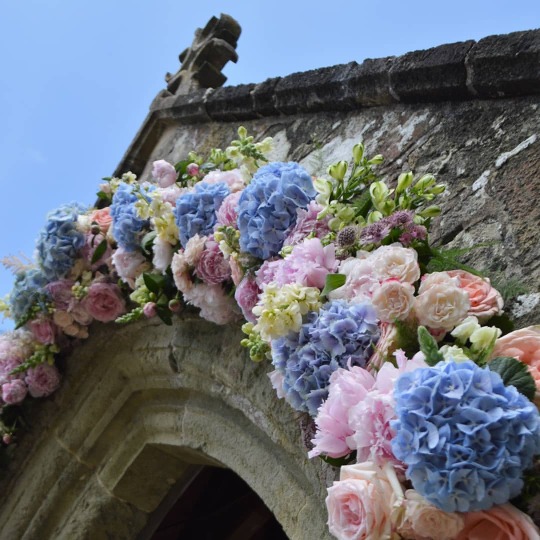
Many congrats to @alexrenn55 and Ben who married last Thursday at St Andrew's church in the Donheads. #floralarch #churcharch #churchwedding #standrews #donheadstandrew #summerwedding #julywedding #flowerarch #theenglishflorist #englishflorist #englishflowers #wiltshirewedding #wiltshireflorist (at Donhead Saint Andrew, Wiltshire, United Kingdom) https://www.instagram.com/p/CQ57VLOhZhW/?utm_medium=tumblr
#floralarch#churcharch#churchwedding#standrews#donheadstandrew#summerwedding#julywedding#flowerarch#theenglishflorist#englishflorist#englishflowers#wiltshirewedding#wiltshireflorist
0 notes
Photo
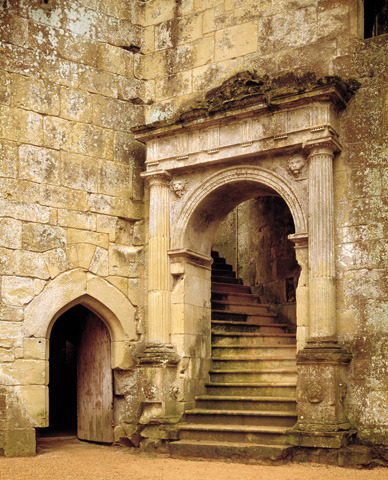




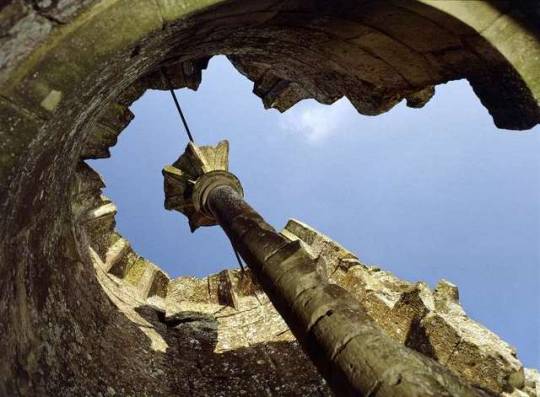



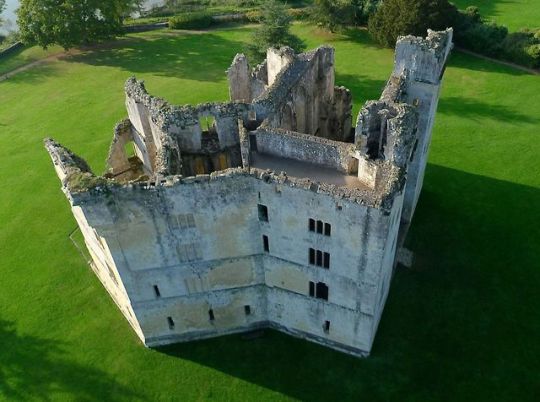
Castle's Rock - 09 April 2019
Old Wardour Castle
Tisbury, Wiltshire, England
Wardour Castle is located at Wardour, on the boundaries of Tisbury and Donhead St Andrew in the English county of Wiltshire, about 15 miles (24 km) west of Salisbury. The castle was built in the 1390s and partially destroyed in 1643 and 1644 during the English Civil War. It is managed by English Heritage who have designated it as a grade I listed building, and is open to the public.
The castle was built on land previously owned by the St Martin family, but when Sir Lawrence de St Martin died in 1385 it was handed over to John, the fifth Baron Lovell for reasons unknown. It was built using locally quarried Tisbury greensand, with William Wynford as the master mason, after Baron Lovell had been granted permission by Richard II in 1392. It was inspired by the hexagonal castles then in fashion in parts of the Continent, particularly in France; but its own six-sided design is unique in Britain, as is its inclusion of several self-contained guest suites.
After the fall of the Lovell family following their support of the Lancastrian cause during the Wars of the Roses, the castle was confiscated in 1461 and passed through several owners until bought by Sir Thomas Arundell of Lanherne in 1544. The Arundells were an ancient and prominent Cornish family, the principal branches of which were seated at the manors of Lanherne, Trerice, Tolverne and Menadarva in Cornwall. The family held several estates in Wiltshire. The castle was confiscated when Sir Thomas — a staunch Roman Catholic — was executed for treason in 1552, but in 1570 was bought back by his son, Sir Matthew Arundell, later a Sheriff and Custos Rotulorum of Dorset. The Arundells, led by Thomas Arundell, 1st Baron Arundell of Wardour, subsequently became known as some of the most active of the Catholic landowners in England at the time of the Reformation; thus they were naturally Royalists in the English Civil War. During that conflict, Thomas Arundell, 2nd Baron Arundell of Wardour, was away from home on the King’s business and had asked his wife, Lady Blanche Arundell, aged 61, to defend the castle with a garrison of 25 trained fighting men. On 2 May 1643 Sir Edward Hungerford, with 1,300 men of the Parliamentarian Army, demanded admittance to search for Royalists. He was refused and laid siege, setting about the walls with guns and mines. After five days the castle was threatened with complete destruction. Lady Arundell agreed to surrender, and the castle was placed under the command of Colonel Edmund Ludlow. Lord Arundell had died of his wounds after the Battle of Stratton, and his son, Henry 3rd Lord Arundell, next laid siege to his own castle, blew up much of it and obliged the Parliamentary garrison to surrender in March 1644.
The family slowly recovered power through the English Commonwealth and the Glorious Revolution, until the eighth Baron, Henry Arundell, borrowed sufficient funds to finance rebuilding. This was done by the prominent Palladian James Paine. Paine built Wardour New Castle, but left the Wardour Old Castle as an ornamental feature. In stylistic terms the New Castle is not a castle at all, but a symmetrical neoclassical country house with a main block built around a central staircase hall and two flanking wings. Paine integrated the ruins of the Old Castle into the surrounding parkland, intending it to be viewed as a romantic ruin.
The castles, old and new, have been featured in several films. The Old Castle appeared in the 1991 Kevin Costner feature Robin Hood: Prince of Thieves, and more recently was used as a film location for The Journey to Aresmore released in 2016. The New Castle served as the dance school in Billy Elliot. The cover of Sting's album Ten Summoner's Tales was photographed inside Old Wardour Castle.
3 notes
·
View notes
Text
Tennis Court Refurbishment in Donhead St Andrew #Sports...

Tennis Court Refurbishment in Donhead St Andrew #Sports #Facility #Refurbishment #Donhead #St #Andrew https://t.co/lgW7N7QuE9
Tennis Court Refurbishment in Donhead St Andrew #Sports #Facility #Refurbishment #Donhead #St #Andrew https://t.co/lgW7N7QuE9
— Tennis Contractors (@tenniscourtuk2) March 27, 2019
from Tennis Court Contractors https://tenniscourtcontractorsuk.tumblr.com/post/183754236801
via IFTTT
0 notes
Photo

Tennis Court Refurbishment in Donhead St Andrew #Sports #Facility #Refurbishment #Donhead #St #Andrew https://t.co/lgW7N7QuE9
Tennis Court Refurbishment in Donhead St Andrew #Sports #Facility #Refurbishment #Donhead #St #Andrew https://t.co/lgW7N7QuE9
— Tennis Contractors (@tenniscourtuk2) March 27, 2019
0 notes
Photo

Ferne House, the parish of Donhead St Andrew, Wiltshire, England.
#art#design#architecture#landscape#garden#classic#ferme house#st andrew#wiltshire#england#luxury#luxury house#country house#the parish of donhead st andrew
4K notes
·
View notes
Video
Donhead St Andrew Church - Kościół Świętego Andrzeja w Donhead St Andrew by Chris Wright
34 notes
·
View notes
Photo

livesunique: Ferne Park Donhead St Andrew, Wiltshire,... http://georgianadesign.tumblr.com/post/163359433698
2 notes
·
View notes
Video
youtube
Wardour Castle is located at Wardour, on the boundaries of Tisbury and Donhead St Andrew in the English county of Wiltshire, about 15 miles west of Salisbury. The castle was built in the 1390s and partially destroyed in 1643 and 1644 during the English Civil War. A Grade I listed building.
0 notes
Text
Audi Finance Deals in Donhead St Andrew #Audi #Car #Financing...

Audi Finance Deals in Donhead St Andrew #Audi #Car #Financing #Donhead #St #Andrew https://t.co/QCbRkyHBYU
Audi Finance Deals in Donhead St Andrew #Audi #Car #Financing #Donhead #St #Andrew https://t.co/QCbRkyHBYU
— Car Finance Company (@ukautofinance) June 26, 2018
from Car Finance Company http://carfinancecompany.tumblr.com/post/175283068968
via IFTTT
0 notes
